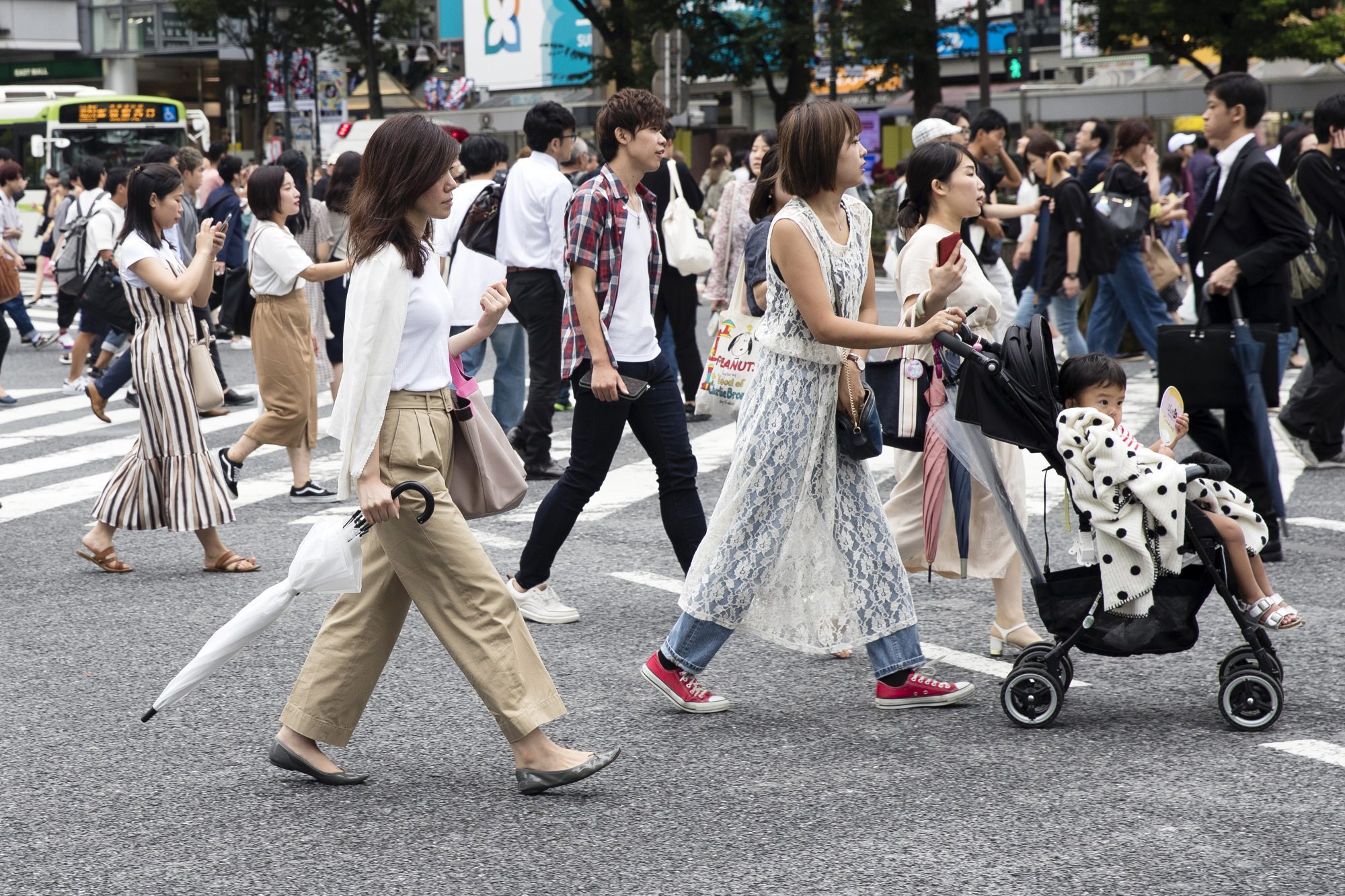Nearly everyone says that Japan's economic model has imploded. Since 1991, growth has averaged just 0.9 percent versus 4.5 percent over the previous two decades. Slow growth, combined with large fiscal deficits and near zero inflation, has driven government debt from 50 percent of GDP to 236 percent of GDP.
Abenomics, the cluster of reforms initiated by Prime Minister Shinzo Abe when he came to power six years ago, promised to get inflation up to 2 percent. But five years of zero interest rates and massive quantitative easing have failed to achieve this. A fertility rate of 1.4 and near-zero immigration mean that Japan's workforce could shrink by 28 percent over the next 50 years, making health care for the elderly unaffordable and dramatically increasing the fiscal deficit, which is already running at 4 percent of GDP.
Tax increases and public expenditure cuts to reduce the deficit are essential if a debt crisis is to be avoided. Structural reform is needed to raise the anemic growth rate.

















With your current subscription plan you can comment on stories. However, before writing your first comment, please create a display name in the Profile section of your subscriber account page.